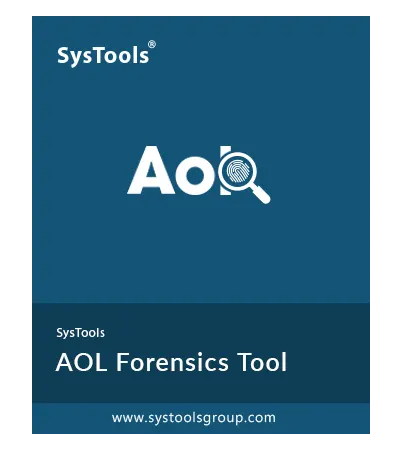SysTools AOL Forensics Tool
Execute AOL Forensics Investigation With the Best AOL Webmail Forensics Tool
- Investigate the AOL Emails with AOL Forensics Through the IMAP Platform
- Properties, Message, Header, HTML, and Other Modes to View AOL Emails
- Easily Preview The Attachments from AOL Emails or The In-Depth Analysis
- Easier Management with The Feature to Create Multiple or Separate Cases
- Boost AOL Webmail Forensics by Examining Media Files with OCR Feature
- Add Evidence from the AOL Webmail Using Multiple Advance Scan Settings
- Analyze Files Selectively with General, Regex, Proximity, Etc Search Options
- Investigate Selective Data with the Standard, Media & Keyword Filter Feature
- Get Advanced Features Like Word Cloud, Link Analysis, and Timeline Analysis
- Customize your Export of Email Evidence and Get Data in Multiple File Formats
- AOL Email Forensics Software Create Status Reports in PDF and CSV Formats
Download Now
Safe & Secure

Free Live Demo: – Contact SysTools Support Team to Get the Live Demo of this AOL Forensics Software











